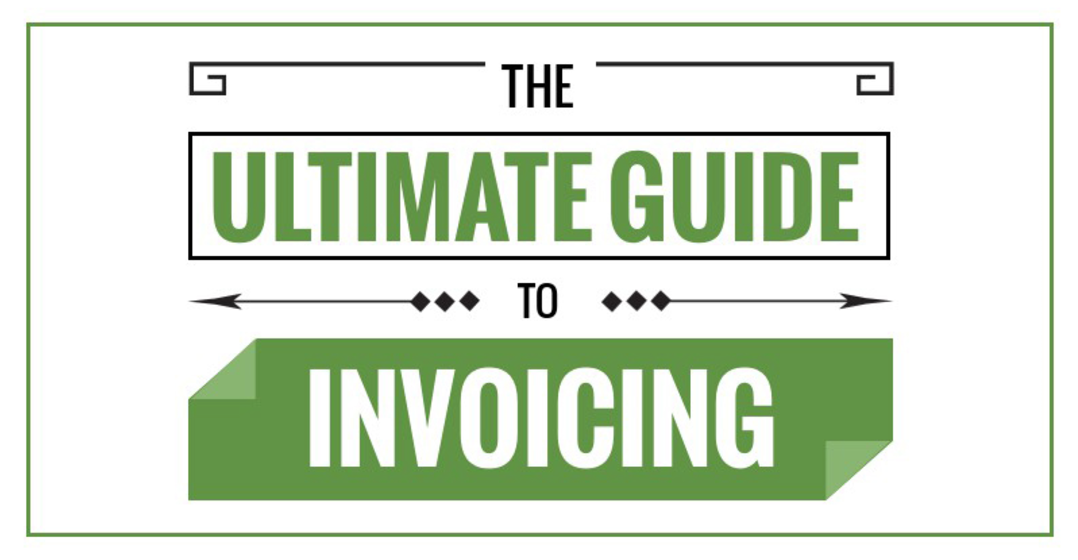Our ultimate guide to invoicing infographic provides a wealth of knowledge and research about invoicing, including the previously favored paper invoicing process and the rapid migration to electronic, or online, invoicing.
You can also follow the steps in pics at the end of this piece — to invoice your clients with ease.
Table of Contents
ToggleThe Migration from Paper to Electronic Invoicing
Nearly half of U.S. companies have already moved from paper to electronic invoicing. From 2012 to 2013, paper invoices went from 59 percent to 52 percent of the total invoicing.
The move to electronic invoicing has been fueled by a number of benefits, including cost reduction, time savings on processing and payments, greater productivity and fewer disputes.
Other advantages include less need for storage, a reduction in the carbon footprint, greater clarity about invoice receipt and faster payments. All of these benefits then help a company become more efficient, productive, service oriented and profitable.
The migration has also occurred because many companies recognized the disadvantages of paper invoices. These disadvantages include the limitation of only being able to store the paper invoices in one location, their fragile nature, the risk of easily being destroyed, the ability to only retrieve them if they have been carefully filed, and the expense in producing and maintaining paper invoices.
Types of Invoices
Typically, there are six types of invoices. These include pro forma invoices, which is an invoice that simply shows the amount that will be due when the work is complete and is not necessarily asking for payment. Interim invoices are for those ongoing projects that may have their overall payment broken down into segments to pay, which helps a business with their cash flow.
Recurring invoices are payment requests for ongoing services like membership or subscriptions. Past due invoices alert a client to the fact that they are late on their payment and need to settle up. The final invoice is an invoice sent at the end of a project.
Lastly, a miscellaneous invoice is an invoice that covers any payments that do not typically fit on an invoice.
The Essential Elements of an Invoice
There is a standard format for professional invoices that fit everyone from a freelancer to a major corporation. This information is necessary as it helps the client and the company understand what is getting billed and why.
Company details are the first element and should include contact information. The heading alerts the client to the fact that they are receiving an invoice. An invoice should have a date and invoice number to make tracking easy for the client and the company.
Other essential elements include a list of items that were purchased. This could include products or services. It’s important to add a description here that helps everyone remember what the invoice is about.
The invoice must have a total that may include all the items purchased as well as tax, fees, shipping and anything else relevant to the transaction or previously agreed upon.
Finally, there must be terms of payment that alert the client to when they must pay it and whether there are any discounts or penalties related to how and when the invoice is paid.
Payment Possibilities
Typically, there are a few ways that invoices get paid. For corporate purchasers, an ACH payment system is typically used. Other types of digital invoices may be paid using various online payment systems that are now available, including domestic and international debit and credit cards, peer-to-peer payment systems, payment gateways, digital wallets and even cryptocurrency.
An Invoice Can Become a Powerful Money Machine
Although the technology behind electronic invoices goes a long way to helping speed payments, there are still more actions that you, as a business owner, can take to really unleash the powerful money machine within your invoicing process.
First, you can stay on top of late payments to keep them from becoming non-payment issues that then require outside assistance from a collections agency or court system.
Second, you can use positive reinforcement by offering an early payment discount.
Third, if you are working on a large project, don’t be afraid to ask for part of the payment upfront.
Fourth, make sure your invoice has all information clearly delineated so there are no questions that hold up payment.
Fifth, be clear about the terms of payment on the invoice and in an agreement form that you get signed prior to the start of work.
Finally, you may want to consider the possibilities of using factoring or the creation of a subscription service to maintain high cash flow. While factoring may be more for larger businesses, the rest of these tips really are critical for a freelancer who often struggles the most with cash flow.
Invoicing Doesn’t Have to Be a Chore
No one likes spending time on invoicing. They would rather be making money than asking others for payment.
However, by applying the tips in the infographic below and migrating to electronic invoicing, you may find that invoicing is less of a chore and has become an important tool to help you ramp up your overall productivity and profitability no matter what size business you operate.
Click on the infographic below to learn even more about how to make invoicing work for you.
















